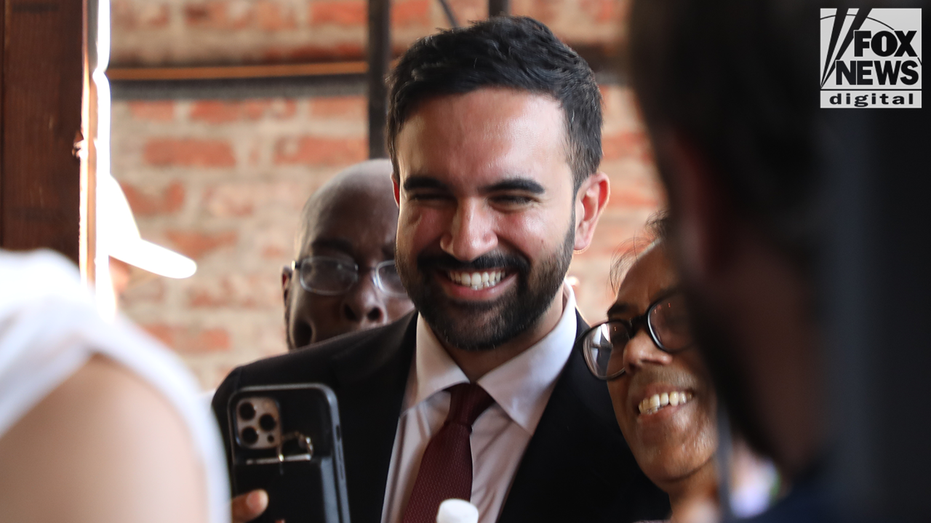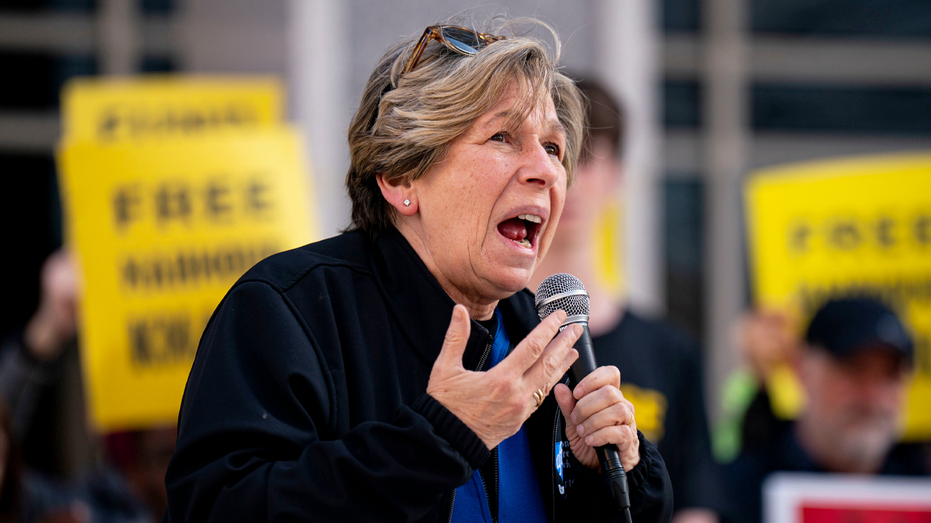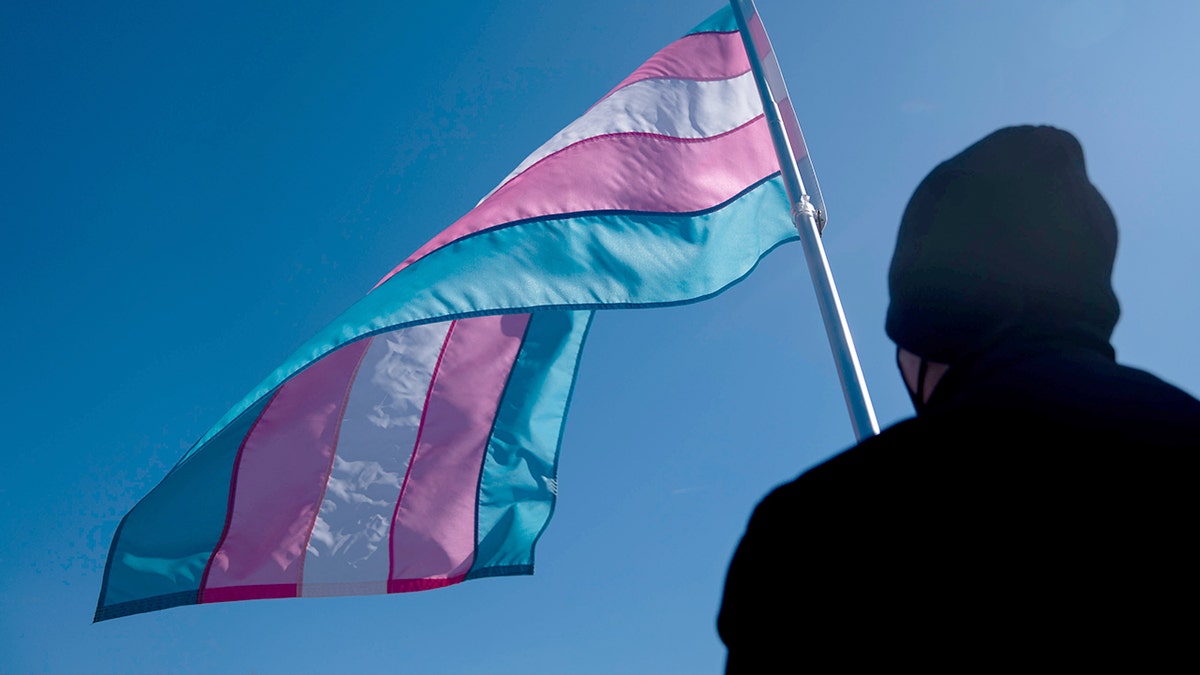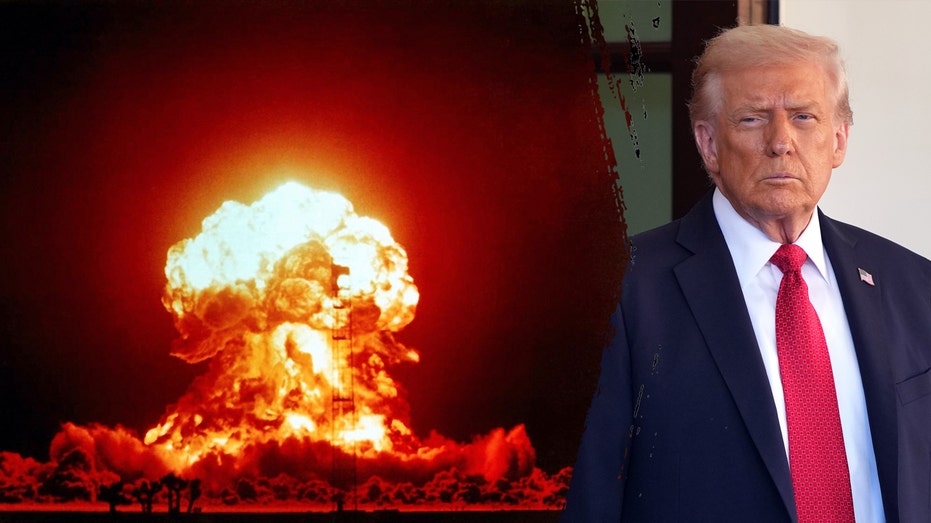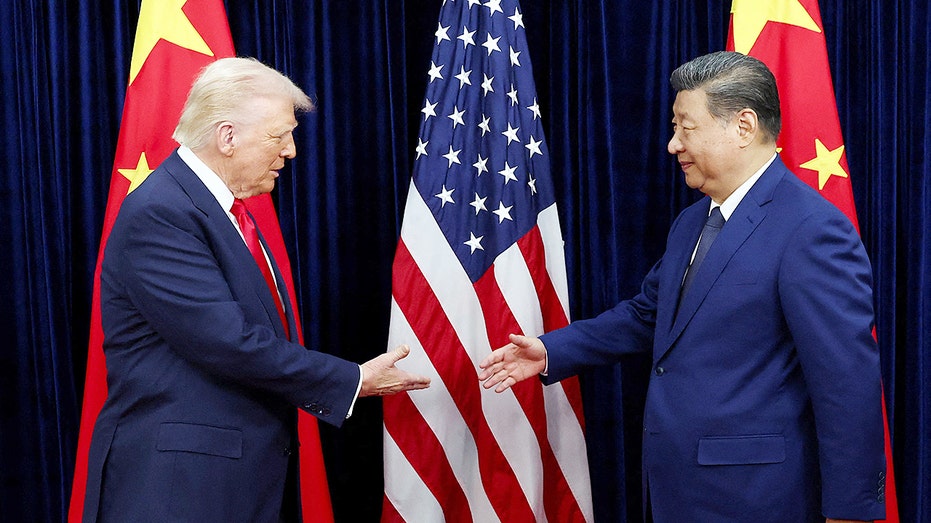This election season isn't just a prelude to November; it's a revealing struggle for the soul of the Democratic Party. A fundamental question hangs in the air: which vision will resonate with voters – the bold, uncompromising energy of the progressive wing, or the steady, pragmatic approach of the center?
Zohran Mamdani’s ascent in New York offers a compelling case study. He bypassed traditional power structures, fueled instead by a palpable energy that captivated attention. For progressives, he embodies the potential of unapologetic politics, a demonstration that passionate conviction can indeed move people.
However, Mamdani’s success also highlights a critical challenge for Democrats. While his message ignites enthusiasm among activists, it remains uncertain whether that fervor translates into votes from the broader electorate – the voters who ultimately determine election outcomes. He represents a powerful mood, but not necessarily a governing majority.
Meanwhile, established centrist Democrats like Mikie Sherrill in New Jersey and Abigail Spanberger in Virginia are facing unexpected headwinds. Both initially held comfortable leads, but stumbled when confronted with scrutiny. Sherrill faced questions regarding her naval record and financial disclosures, while Spanberger hesitated to decisively address a scandal involving a key staffer.
These contests aren’t isolated incidents; they’re revealing snapshots of a deeper dilemma. Progressives bring urgency and passion to the table, while centrists offer credibility and a sense of stability. The core issue is the party’s tendency to view these qualities as mutually exclusive, a false dichotomy that limits its potential.
Recent analysis suggests a more nuanced approach is needed. Moderation isn’t a retreat, but a strategic necessity, recognizing that the political center remains a contested and vital space. The most effective path forward involves blending progressive energy with centrist trust, a combination that expands appeal and builds broader coalitions.
Data supports this conclusion. Research indicates that Democrats who succeed in competitive districts tend to occupy the ideological middle ground, not because voters inherently favor moderation, but because they reward candidates who demonstrate balance and understanding. Swing voters, though often quiet, are still persuadable and respond to genuine, meaningful moderation.
The case of Graham Platner in Maine serves as a cautionary tale. Initially touted as a rising star – a veteran with a populist message – his campaign imploded following the revelation of a disturbing tattoo. This incident underscores a crucial point: enthusiasm without thorough vetting is simply unsustainable. Voters crave passion, but they also demand integrity.
As Election Day approaches, this is the lesson Democrats must absorb. Progressives have proven their ability to ignite a movement, and centrists have demonstrated their capacity to hold ground. But lasting success in 2026 and beyond will require a synthesis of both approaches – candidates who can connect with those demanding radical change and those quietly deciding the future of governance.
Ultimately, November 4th will reveal which vision of the Democratic Party America is still willing to embrace. The results will offer a clear signal about the kind of leadership voters seek and the direction the party must take to remain competitive and relevant.

